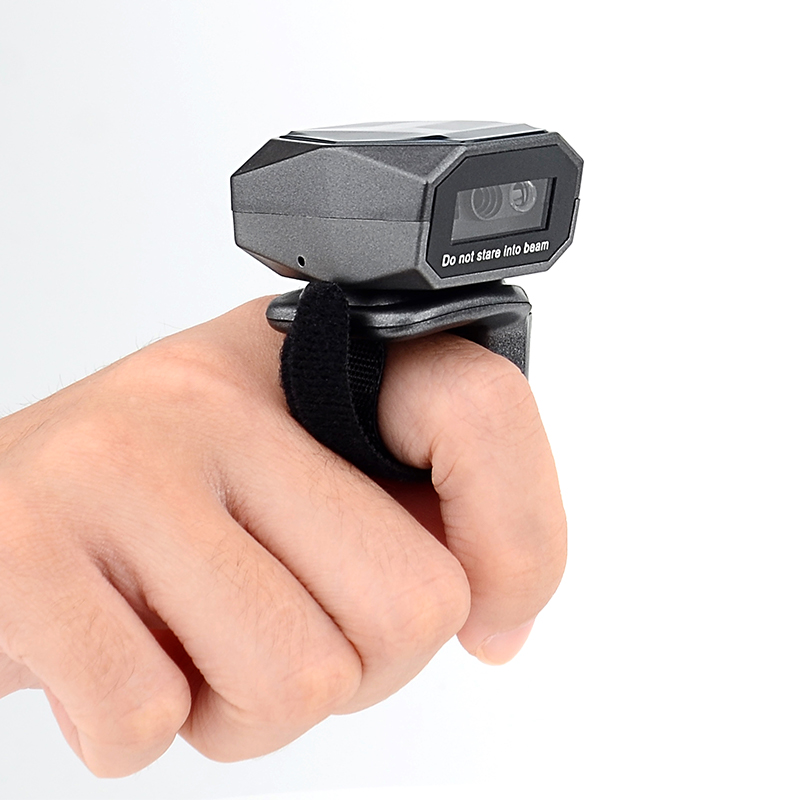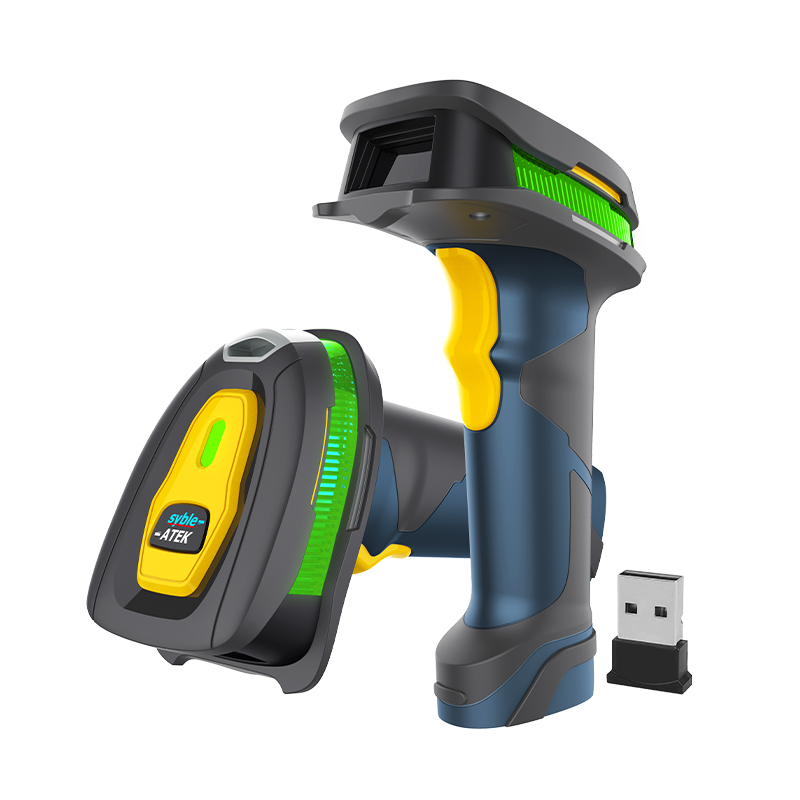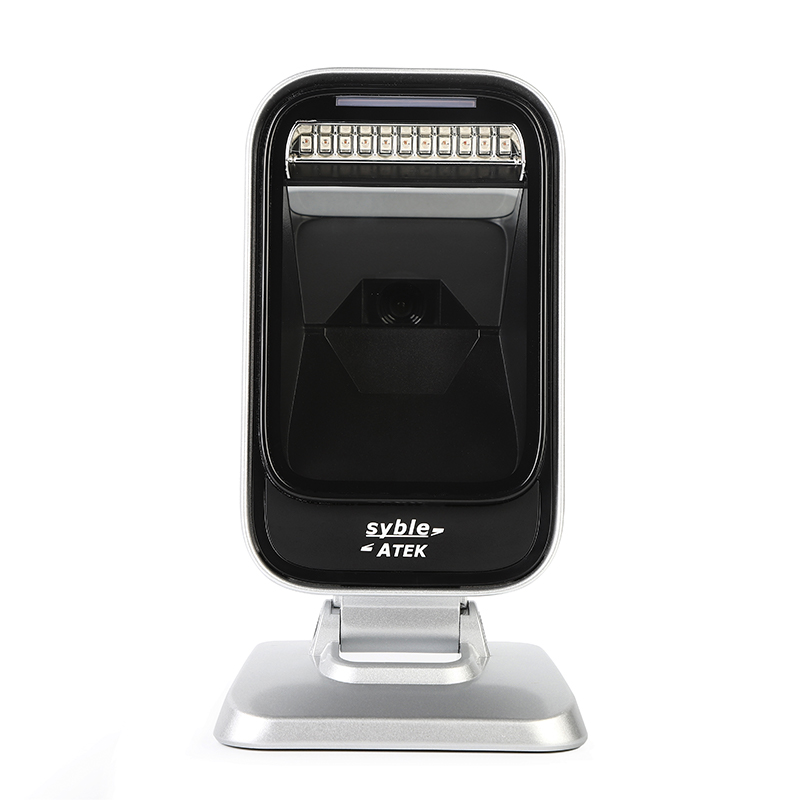CMOS and CCD differ in terms of structure and principles, pixel structure, power consumption, noise and sensitivity, integration, and cost. The specific differences are as follows:
Structure and Principles:
- CCD: Utilizes charge-coupled device technology to transfer charge, moving it row by row through multiple transfer devices to the processing circuits.
- CMOS: Each pixel unit contains both a photosensitive element and conversion circuitry, which directly converts light signals into voltage signals. It works in a more distributed and independent manner.
Pixel Structure:
- CCD: The pixel unit only captures the light signal, while the processing and amplification are handled by external devices.
- CMOS: Each pixel unit is responsible for both capturing the light signal and processing and converting it.
Power Consumption:
- CCD: Requires external charge transfer devices, leading to higher power consumption.
- CMOS: Each pixel unit operates independently, resulting in lower power consumption.
Noise and Sensitivity:
- CCD: Exhibits lower noise and higher sensitivity under high light conditions, offering better image quality, making it suitable for high-end applications.
- CMOS: Typically produces more noise and has lower sensitivity, but its performance is steadily improving with technological advances.
Integration and Cost:
- CCD: Lower integration level, more complex production, and higher costs.
- CMOS: Higher integration level, capable of integrating more functional circuits, lower production cost, and more suitable for mass production.
Future Trends:
With its low power consumption, high integration, and cost advantages, CMOS is gradually becoming the mainstream imaging device for the future, especially in mobile devices and consumer products, where it stands out more.
If your goal is to select a cost-effective scanner, a CMOS sensor is usually a great choice, especially in terms of cost and efficiency. At the same time, with the continuous advancement of CMOS technology, its performance in noise control and image quality is improving, gradually closing the gap with CCD.
Feel free to ask if you have any specific questions about choosing a scanner!





















